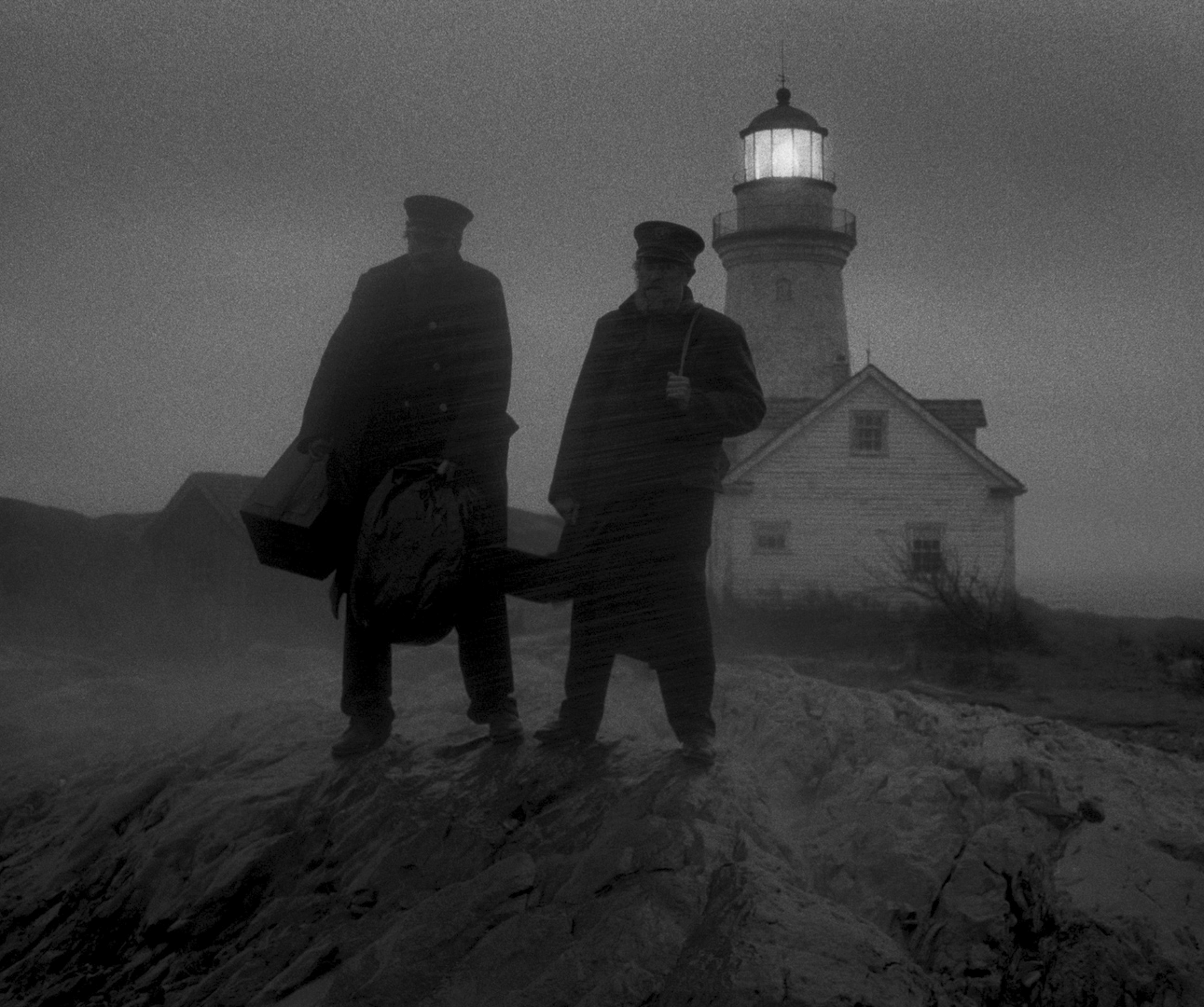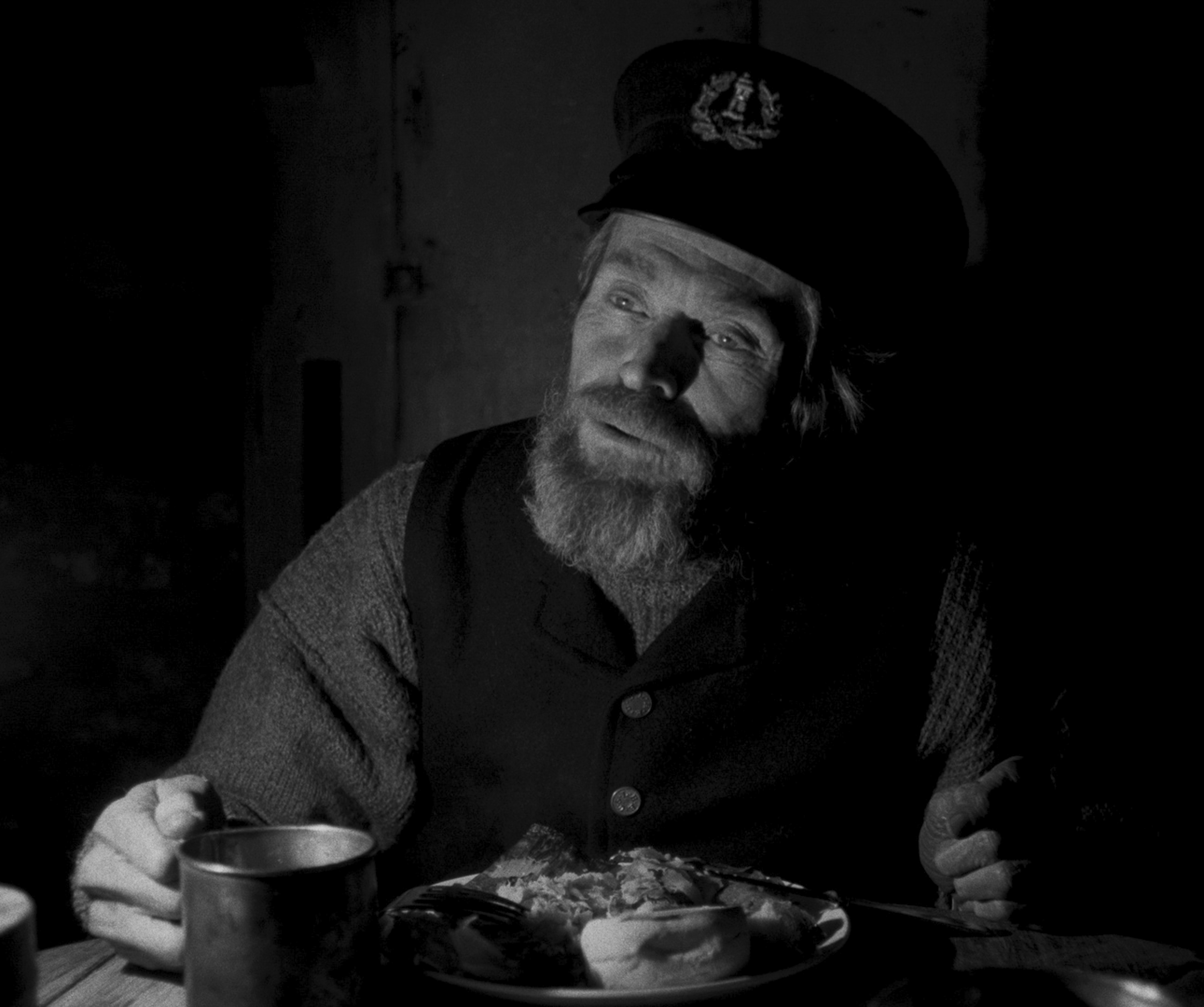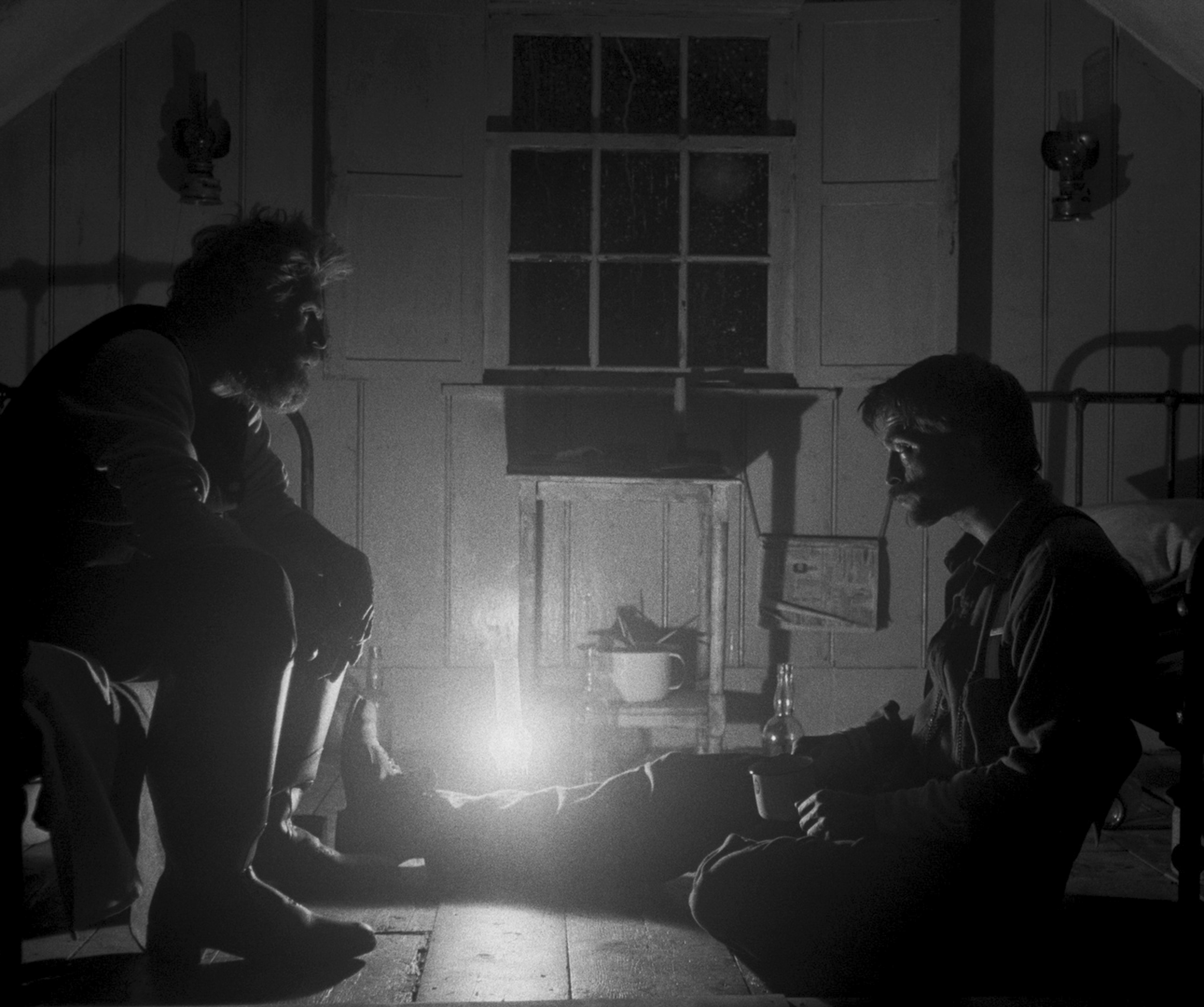‘The Lighthouse’ Director Robert Eggers on Making the Most Bonkers Film of 2019
Credit to Author: River Donaghey| Date: Tue, 15 Oct 2019 13:09:16 +0000
Robert Eggers's 2015 feature debut, The Witch, was a haunting, unceasingly dour film that, along with Hereditary a few years later, solidified A24's grasp on a new kind of horror movie—one built around atmosphere and slow-burning dread instead of jump scares and the occasional shot of someone popping an eyeball out with a blowtorch or whatever. Now, four years later, Eggers is back with The Lighthouse, a mind-boggling two-hander built on a pair of powerhouse performances by Robert Pattinson and Willem Dafoe as 1890s lighthouse keepers slowly going mad on an isolated island together.
From the start, the comparisons to The Witch seem clear: It's another atmospheric period piece, another gloomy New England folk tale, another horror movie built around the terror of other people instead of some outside boogyman. But those parallels stop as soon as, uh, a massive fart rips through the film's first few minutes.
That's the thing—The Lighthouse is not The Witch. It is stranger, more hallucinatory, and full of significantly more masturbation and fart jokes than Eggers's first film. It's a movie that feels almost alien, like it sprang from some parallel cinematic universe where the most important cultural touchstones are Freud, Ingmar Bergman, and the Sea Captain from The Simpsons. It is weird as all hell, but it's a masterpiece. A completely bonkers masterpiece.
The film's otherworldly quality comes, in part, from the fact that it's shot in black and white with a nearly square aspect ratio, but it's not just the production that makes the thing look like some kind of lost relic from the days of early talkies. Eggers—who co-wrote the script with his brother, Max—peppered the film with real lines cribbed from historical texts, borrowing antiquated, salty sea-dog dialogue from Herman Melville and actual lighthouse keepers's journals from the time. But since Melville never wrote a scene about a seaman angrily masturbating in a shed while he rubs a hand-carved mermaid statue, the truly bizarre qualities of The Lighthouse are all Eggers himself.
It's a movie that is better seen than talked about, but in honor of The Lighthouse's release on October 18, we sat down with Eggers to discuss his inspirations, working with trained seagulls, and how to describe a movie that is basically indescribable.
VICE: I feel like I have to tell you that I woke up at 4 a.m. this morning, terrified by one shot from The Lighthouse. It was that shot of Dafoe's character standing naked on the lighthouse, beaming light from his eyes onto Pattinson. I don't know why that stuck with me, but it did.
Robert Eggers: Very cool. I'll say—with shame—that particular shot is a rip-off of a Symbolist painter named Sascha Schneider. It's an image called "Hypnose." My composition is different, but just like it stuck with you, it stuck with me! It seemed appropriate for this story.
That's how you work, though, isn't it? By collaging pieces from historical texts?
My approach in writing is entirely research-based, and my brother took that on as well in writing this with me. Early on, before we really knew what the story was, I was like, "OK, this is the first 10 minutes. Then, in the middle, he finds a mermaid on the beach and he screams and there's no sound except a fog horn. And then, at some point, the storm comes because he kills a seabird." Then, we filled in the blanks with research.
I liked the idea that you sit down to watch The Lighthouse and you think, "Fuck, I didn't mean to walk into a Hungarian art house movie," and then Willem farts and you're like, "Oh, there's hope!"
Where did the initial idea for The Lighthouse come from?
The barest bones of the story actually came from a real-life story. It's become a folktale, so I don't really know what aspects of it are true. But supposedly, there were two lighthouse keepers in Wales in the earlier part of the 19th century. Both were called Thomas, and the younger one was known for getting into bar fights. The two of them famously didn't get along.
Then, a storm comes to the lighthouse station and they can't get off. The older guy dies of a heart attack and the young guy's afraid that he's going to be accused of murdering him. It has a Tell-Tale Heart-esque ending. That's obviously not The Lighthouse, but there are bits of those stories in the foundation. The influences are many and varied.

Definitely varied. The entire movie feels like it popped into our world from a separate evolutionary track of cinema. Is it even horror? What is it?
When people want me to talk about what genre it is, I have a very hard time choosing something honest. But I also don't have a problem with someone calling it whatever they want. I think they're going to want to label it a horror movie or a thriller—that's fine with me. But it's not very scary. The Witch was intended to be a horror movie. This? I don't know.
You're also balancing so many different tones in this one. How aware are you of juggling that tonal stuff during the writing and production process? Or does it just happen naturally?
I think the finished film represents me and my brother—and Jarin [Blaschke], the cinematographer's—intentions quite well. The movie is vulgar and over-the-top and showy. It's on the nose in many ways, but that's what we were after. The intention behind The Witch was to be very restrained. I think that story, while it sometimes annoys me, needed to take itself incredibly seriously. But with this, we wanted to be able to laugh at misery.
I liked the idea that you sit down to watch The Lighthouse and you think, "Fuck, I didn't mean to walk into a Hungarian art house movie," and then Willem farts and you're like, "Oh, there's hope!"
Well, there may be some scares, but it's legitimately funny, too. There are fart jokes! There are Buster Keaton-y gags!
I was worried the film was going to be too funny, but in the edit, we pretty quickly realized we could sort it out. The music does a lot, too. Music and the sound design does a lot for tone. I mean, there are some cues that are almost winking at the audience through a horror movie trope, while being a bit unnerving at the same time.
There's a moment where Willem is saying, "Back in '73, old Striker was marooned here for seven long months," and the music's like, "Do-do-do-duh," like a cartoon version of a Bernard Herrmann cue. But it's surrounded by stuff that's actually unsettling.

The point of view helps with that, too. We're so tight with Pattinson the whole time, experiencing his hallucinations and questioning his reality alongside him. Was it always like that from the beginning, where we're always tied into him—or is that something that you kind of came to during the writing?
It was always the intention to line the audience up with Rob. There's a couple moments where it's Willem's point of view, which we felt like we needed, but that was always the intention.
It's tricky, because we have those really on-the-nose genre motifs for the audience to grab onto, like, "Bad luck to kill a seabird." We shot that moment so over the top to hammer it in your head. It's a static shot-reverse shot for a really long scene and then, all of a sudden, there's a dolly move and a huge close-up to Willem Dafoe's face. Even Hitchcock would say, "I think you went too far."
We do that, but elsewhere, we're trying to keep things obscure and ambiguous. There are other lines that are as important as that line that we deliberately don't show off at all. The intention is to keep the audience like, "Wait, what, what, what?" We also tried to keep the photographic language simple and essential and all about Rob.
Plus, it's in black and white, so the shadows are important. It's all built around shadow.
Before I even had a story, the cover page of the script said, "Must be photographed in black and white 35-millimeter negative." With the black and white 35-millimeter negative, the blacks just bottom out in a way that's very satisfying. I'd love to make another movie on black and white and negative, because we learned so much and knew it would be so much better.
The original intention actually, was also do like a mono sound delivery, which would have been a mistake. I did a movie years ago that was mono that worked quite well with the same sound designer—but I'm glad this is big.

It sounds great. Finally, let's talk about the most important thing in the film: the seagulls. That seagull who terrorizes Pattinson isn't CG, it's a real bird. What was that like?
It was stressful because my brother and I committed to the seagull before we knew if it could be done. So that was foolish—I don't think you should do that and I'm not doing it again. Because we were getting into production and still hadn't figured out how we were going to get the seagull.
With the help of Chris Columbus and his owl trainer from Harry Potter, we ended up finding three seagulls from the UK. Their names were Johnny, Lady, and Tramp. They were really great. You know when the gull flies on the windowsill, pecks three times, and flies away? I thought we were going to be stitching together like three takes, but the gulls just did it.
Wow. That's like the third supporting role in the movie. You've Rob, you've got Willem, and then you got the gull.
I mean, there's the mermaid and the ghost of the lumberjack or whatever. But yes. The gull!
The Lighthouse opens nationwide October 18 via A24.
This article originally appeared on VICE US.